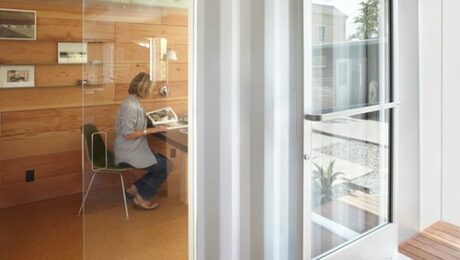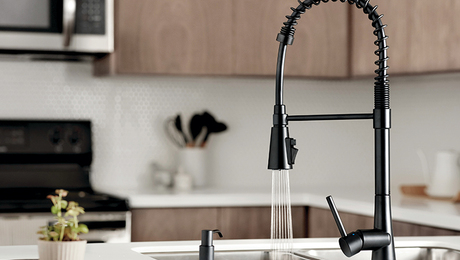Zone 6B Wall System
Hello, I am new to GBA and wanted to get some thoughts on a wall system I’m considering for an upcoming build in Vermont Zone 6B. I am ultimately concerned with possible moisture problems, but also want to make sure this wall system will be enough for Vermont’s cold winters. Here is what I am thinking — Listed from exterior to interior. Any feedback is much appreciated!
– LP SmartSide lap siding
– 1×4 Strapping / Rainscreen
– Henry Blueskin VP160 WRB
– 15/32″ CDX sheathing
– 2×6 Bearing wall 16″ O.C.
– R21 Mineral Wool batts or dense pack Cellulose for wall cavities
– 1-1/2″ Polyiso foil faced (Furred in Wall)
– Vapor Barrier Tape (All Seams)
– 1×2 Furring Strips
– 1/2″ or 5/8″ Drywall Depending on the spacing of furring strips
Thanks!
-Garrett
GBA Detail Library
A collection of one thousand construction details organized by climate and house part









Replies
Garrett,
Yes that sounds like a good wall for your climate. I would suggest considering whether the foam wouldn't be better on the exterior under the rain-screen strapping than on the interior for a few reasons:
- You can make it continuous over the whole wall, so the rim-joists get covered, and it is not interrupted by interior partitions.
- It will keep the sheathing warmer, which helps protect it against accumulating moisture.
- It makes mounting fixture boxes, trim, and any cabinetry simpler.
One small thing: I don't think you will find 1"x2" furring in lumberyard. The minimum is typically 1"x3".
Hey Malcolm, thanks for the reply. The insulation placed on the exterior of the wall was our original thought, but we’re also seeing if there was a more economical approach without sacrificing too much efficiency.. Our alternative for the rim joist would be to apply spray foam in those areas. Also wondering if the vapor barrier such as a 6mil poly could be eliminated by placing the proper rigid on the inside. Lastly, I found an article on a wall system by Stephen Binfiglioli that I thought could be a great, cost effective approach if a ZIP r (2 or 3”) was used. completely agree on the 1x3, more real estate for a nailing surface too thanks!
Garrett,
If you want to stick with interior insulation, consider setting your rim-joists in 2" so you can still use a strip of exterior foam there. That eliminates all the fiddly stuff with spray foam, or foam board squares.
You don't need interior poly, with or without foam. Detail your sheathing as the primary air-barrier, and either use a variable-perm membrane on the interior, or just coat the drywall with an appropriate paint to get the level of vapour-retarder your code requires.
Bonfilgioli walls work well, but are very labor-intensive, so it's probably only something to consider if you are doing that work yourself, not trying to get a contractor to do it.
Another option is a Mooney wall, which reduces thermal bridging and uses no foam.
https://www.finehomebuilding.com/forum/the-mooney-wall
Your proposal works out to around R27 overall R value assembly.
If you were to build a simple 2x8 wall 24"OC with R30 batts, that would work out to R24 and be way less work and less cost. It would also keep you within standard construction that all trades can do. Heck, if you want more you can step it up to 2x10 with R38 batts which would get you close to an R30 assembly.
Even in zone 6 the yearly energy use between an R27 and R24 wall is pretty much noise.
There is nothing really wrong with your proposal it will work great, I have build something similar for a ceiling before.
VP160 is a bit overkill for this unless you have some real water intrusion concerns. Taped seams on the CDX with standard house wrap will work just as well be much less labor. You can also look at one of the sheathing options with a built in WRB, these tend to be lower labor cost to install.